
On the lawn of the county courthouse in Waynesville, North Carolina, is a rough stone memorial honoring the county’s Vietnam War dead. Engraved on this monument are the names of “Haywood County’s Sons Who Sacrificed Their Lives in the Republic of South Vietnam.” At the foot of this stone slab is a cast metal pair of unlaced combat boots.
Many of the names inscribed on this simple memorial—Brown, Frazier, Moody, Rogers, and others—have echoed in Haywood’s hills and hollers for generations. The ancestors of these dead men probably fought as well in American conflicts ranging from the American Revolution to the Korean War. Moreover, many of the men whose names are written on this memorial undoubtedly have some relatives who knew them and who are still living, brothers and sisters, cousins, and perhaps even children.
Those few who remember these dead soldiers, sailors, Marines, and airmen surely recollect them as they were in their youth, still saddened after 50 years by the loss of their loved ones. And many of those who knew them and who now share the dust of this earth with them, especially their parents and grandparents, surely went to their graves still mourning the loss of these young men in their hearts.
The rest of us may think little of the sacrifices these men made. Some pedestrians passing the courthouse, and other places of honor like it around our country, may pause for a few moments to read the inscription and the names, to look at the G.I. boots, and even to say a prayer, but most of us go about our daily business without giving too much consideration of those who came before us and who built our country, especially those who saw service in the military and who paid with their lives in the wars we’ve fought.
But then comes Memorial Day.
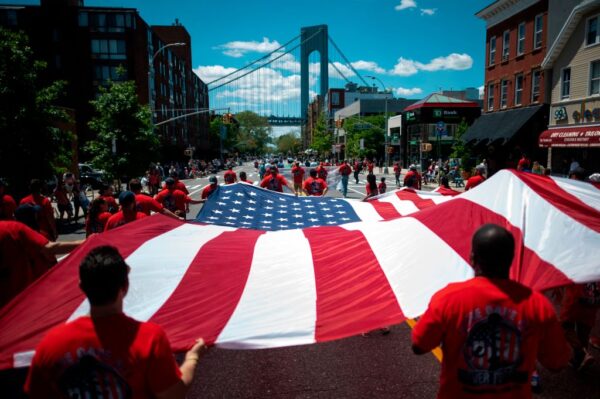
A Day of Remembrance
We celebrate Memorial Day on the last Monday of May, which allows us a three-day weekend for various activities. Some head off to the beach, some throw backyard barbecues or picnics in the park, some watch stock car races, and some take advantage of holiday sales and head for the local mall. Most of us also regard Memorial Day as the kick-off for summer.
And on that day, many do remember the dead of our wars, the men and women who lost their lives fighting for their country. Arlington Cemetery features a wreath-laying ceremony at the Tomb of the Unknown Soldier. Some cities host Memorial Day parades. In places across the country such as Waynesville, some visit the graves of those fallen in our nation’s wars.
Both these groups are appropriately celebrating this day of commemoration. Those who honor the dead abide by the meaning of the holiday, but those who take vacations or join together for a meal with friends are also paying their respects. They are enjoying those American freedoms for which our men and women in uniform gave their lives.
A Brief History
Though Memorial Day didn’t become an official federal holiday until 1971, Americans across the country for 100 years prior to that declaration had set aside time in the late spring to remember those who had died in the defense of our nation and our way of life.
The first calls for a memorial day, or Decoration Day as it was then known, came after the Civil War in response to the enormous casualties suffered during that conflict. In 1866, a year after the war’s end, Waterloo, New York, first set aside a day when businesses closed and attention was paid to the graves of soldiers. A hundred years later, the federal government recognized Waterloo as the birthplace of Memorial Day.
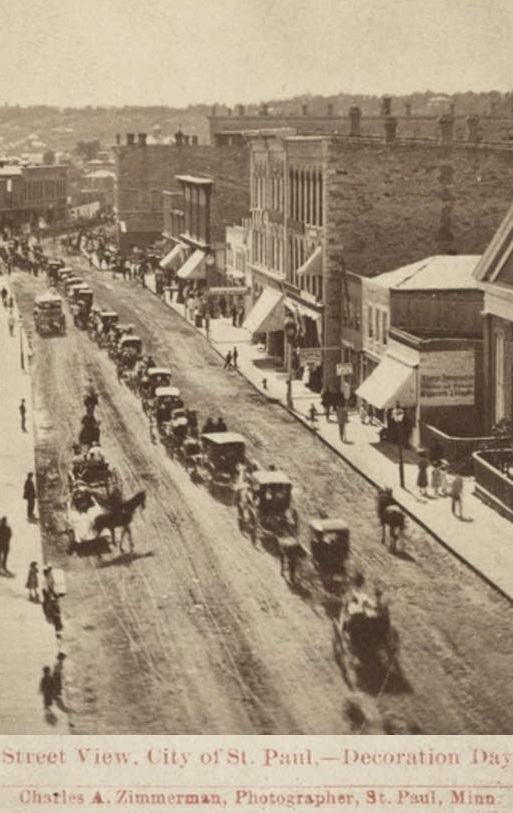
In May 1868, Gen. John A. Logan, the leader of a large Union veterans group, declared May 30 as Decoration Day, when Americans should visit cemeteries and decorate the graves of dead soldiers “whose bodies now lie in almost every city, village and hamlet churchyard in the land.”
By 1890, most states had proclaimed May 30 Memorial Day and regarded it as an official holiday. Southern states had their own memorial days but, after World War I, began to join the rest of the nation.
It was after that war as well that Memorial Day became an occasion for honoring all the dead of America’s wars.
Brave Hearts
Some of these dead we commemorate on this day were heroes.
The farmers and merchants who died on Lexington Green in 1775 facing British regulars were some of our first American patriots. Frank Luke Jr., famed for his balloon busting against the Germans in World War I, died after being shot down behind enemy lines and while firing his pistol at the approaching Germans. In the same war, John Pruitt captured 40 Germans, only to be slain later in the battle. In 1943, Army pilot Neel Kirby and three other comrades attacked nearly 50 Japanese aircraft. Kirby shot down six of these planes, received the Medal of Honor, and died later that year in another aerial combat against the Japanese.
Our recent Middle Eastern conflicts have seen similar heroes killed in the line of duty. Several of these gave their lives for their comrades by throwing themselves on grenades or trying to rescue others from enemy fire. On Jan. 25, 2008, Army Staff Sgt. Robert Miller, for instance, was killed in Afghanistan while providing cover so that his comrades in arms could escape enemy fire. On Dec. 4, 2006, Ross McGinnis saved the lives of four of his fellow soldiers in Iraq by smothering a grenade pitched into their Humvee. Both men posthumously received the Medal of Honor.
Sacrifice
We honor these men for their bravery, but on the last Monday of May, we also honor all of our nation’s war dead: the infantrymen who charged up the slope at the Battle of Fredericksburg, the Marines who fell fighting the Germans at Belleau Wood, the sailors and pilots lost while fighting the Japanese at the Battle of the Coral Sea, the Americans who faced the massive attacks of the Chinese troops in the sub-freezing temperatures of the Korean War, and all the others who have since given their lives in places such as Hue, Kamdesh, and Fallujah.
Canadian John McCrae reflects the poignancy of these deaths in his World War I poem, “In Flanders Fields:”
We are the Dead. Short days ago
We lived, saw dawn, felt sunset glow,
Loved and were loved, and now we lie
In Flanders Fields.”
Instructing the Young
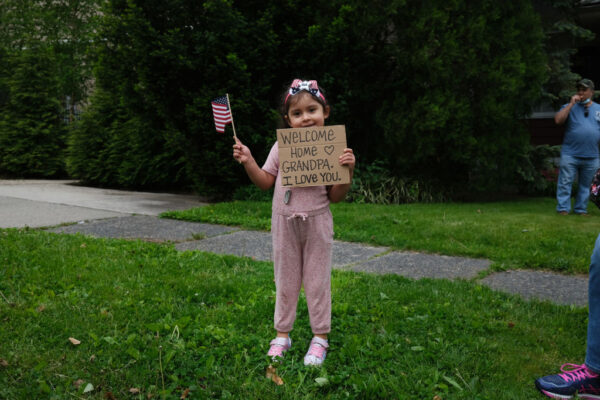
“Only the dead have seen the end of war.” George Santayana’s words, often misattributed to Plato, are a grim reminder that we live in a dangerous world and that the young men and women of our military are the wall protecting America and her people.
As we pay homage to the dead of our many wars this Memorial Day, partying over the weekend and perhaps remembering a friend or relative who made the final sacrifice, we might engage in some other acts of recollection as well. In particular, we might set aside some time with our children or grandchildren, and read them some of the stories of those who gave their lives for their country. Such accounts can be found in our public libraries or by searching online.
“War means fighting and fighting means killing,” Confederate cavalry leader Nathan Bedford Forrest declared—and we must never glorify the brutal business of war or soften its deadly costs. At the same time, however, we must aim to raise young people willing to defend their country if called upon to do so. Learning about those who came before them who rallied to the flag should help inculcate that patriotism.
Old Glory
While handing on these examples and stories to the young, we can also use Memorial Day as an occasion to explore our own thoughts on patriotism. What does it mean to be an American in 2021? What makes us Americans? What do the words “life, liberty and the pursuit of happiness” mean to us? How much value do we place on our Bill of Rights in the Constitution, on such natural rights as free speech, or freedom of assembly and freedom of religion? What do we owe this “sweet land of liberty?”
Many of us will put flags in our yards or on our porches to honor Memorial Day. As we look at those stars and stripes, it’s right and fitting we remember those who died in service to their country. But it’s also fitting that we remember why they died.
To find the answer to that question, all we have to do is open our eyes and look around us at the people and places where we live. Both here and abroad, as the line from “The Battle Hymn of the Republic” tells us, Americans in uniform have died “to make men free.” As their heirs, we still possess our precious liberty, in no small part because of the many sacrifices they made.
We can best repay the debt we owe them by keeping the fires of that freedom bright and burning.
Jeff Minick has four children and a growing platoon of grandchildren. For 20 years, he taught history, literature, and Latin to seminars of homeschooling students in Asheville, N.C. He is the author of two novels, “Amanda Bell” and “Dust on Their Wings,” and two works of nonfiction, “Learning as I Go” and “Movies Make the Man.” Today, he lives and writes in Front Royal, Va. See JeffMinick.com to follow his blog.




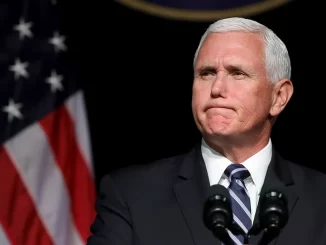
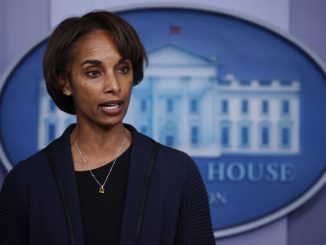
Be the first to comment